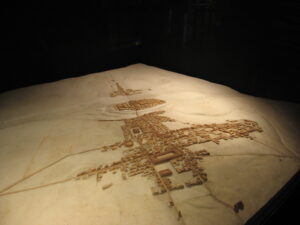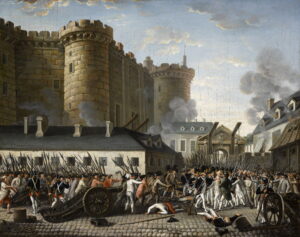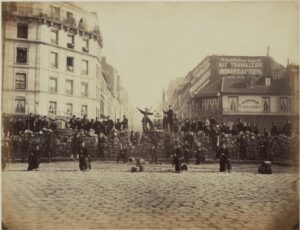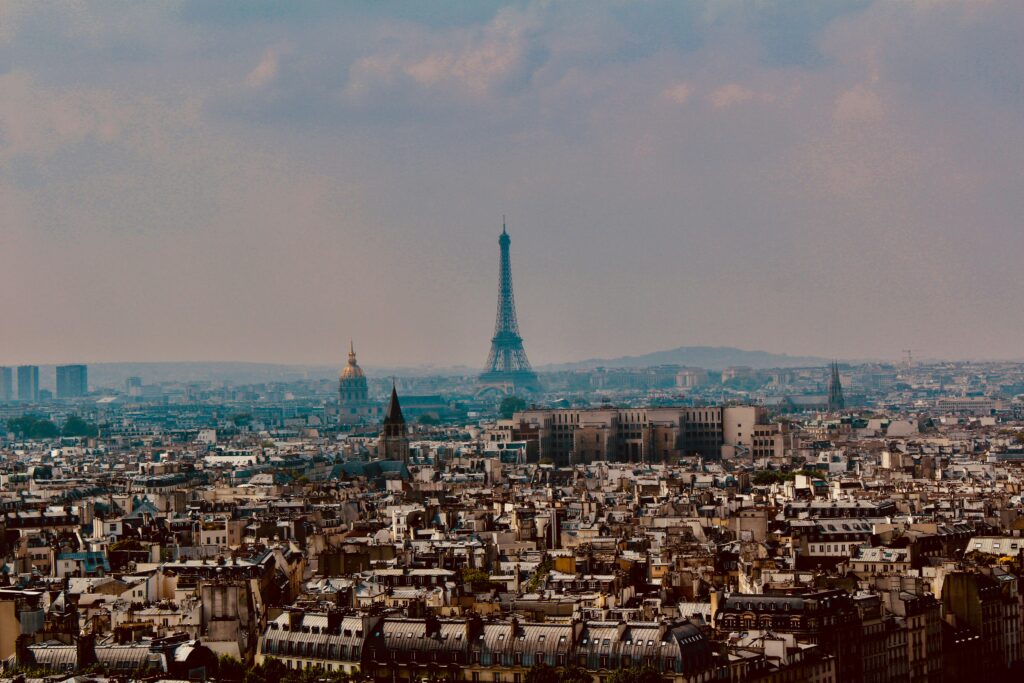Paris’s story begins as Lutetia, a Roman settlement on the Île de la Cité, which grew into the realm’s political and spiritual heart in the Middle Ages. By the 12th and 13th centuries, the rise of Notre-Dame and the University of Paris drew pilgrims, merchants, and scholars, turning the city into a bustling crossroads on the Seine.

Revolution remade Paris in 1789, toppling the old order and ushering in a new civic identity. The 19th century transformed it again under Baron Haussmann: sweeping boulevards, monumental squares, modern sewers, and generous parks that still structure the city’s daily rhythm. World’s fairs showcased French industry and art, bequeathing icons like the Eiffel Tower and Grand Palais.

Its past is not only splendor but resilience. The 1830 and 1848 uprisings, the Paris Commune of 1871, occupation during World War II, and the city’s liberation in 1944 left scars and stories. The Marais, the Latin Quarter, and the river quays still echo with lives lived across centuries, from artisans and students to writers and refugees.

Paris is also a pioneer. Enlightenment ideas circulated in salons and cafés, Impressionists reimagined light and modern life, filmmakers and fashion houses pushed new aesthetics, and philosophers debated politics and identity on the Left Bank. That creative current, curious, argumentative, and bold, continues to shape a city that remains both timeless and forward-looking, where heritage and innovation meet on every corner.


